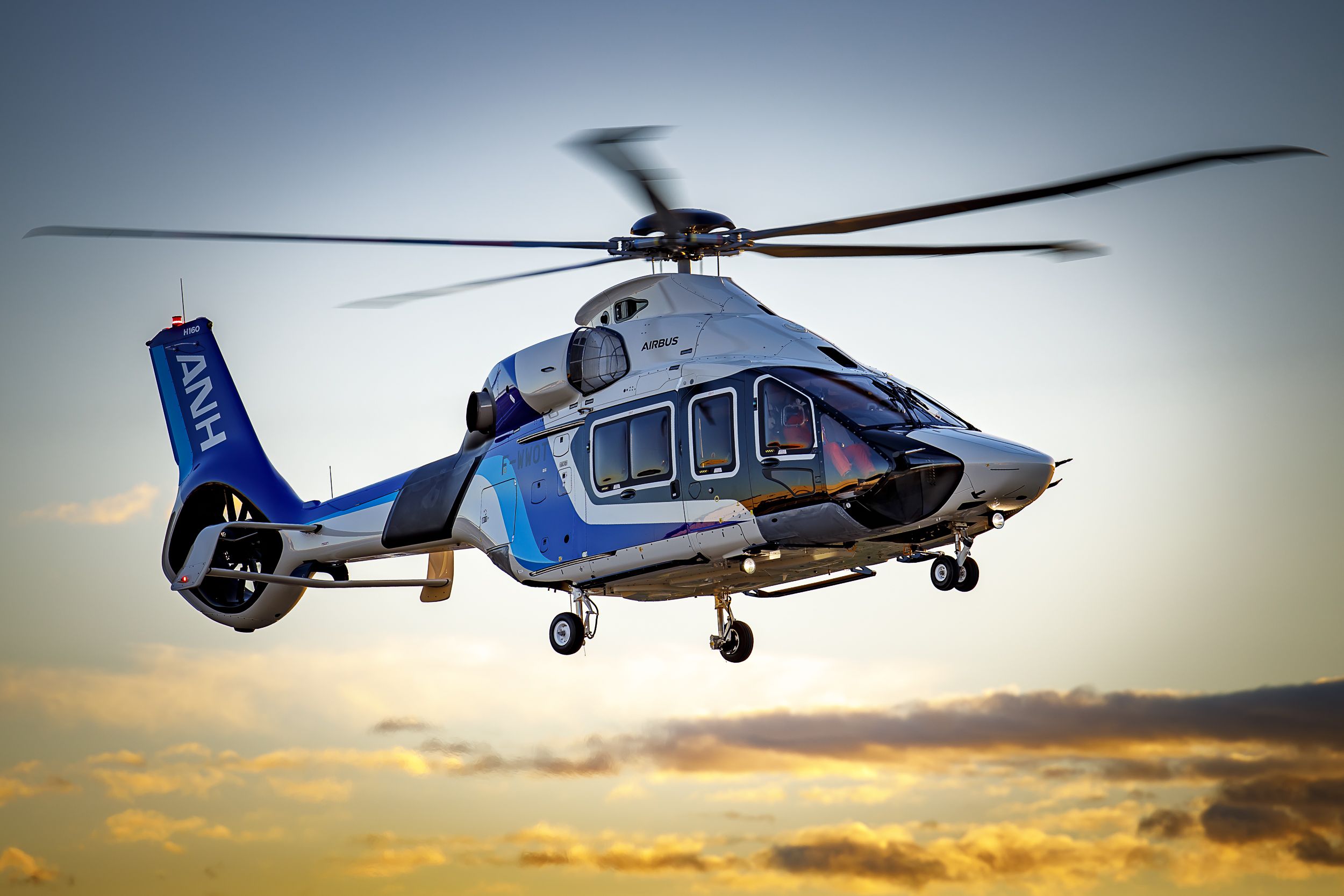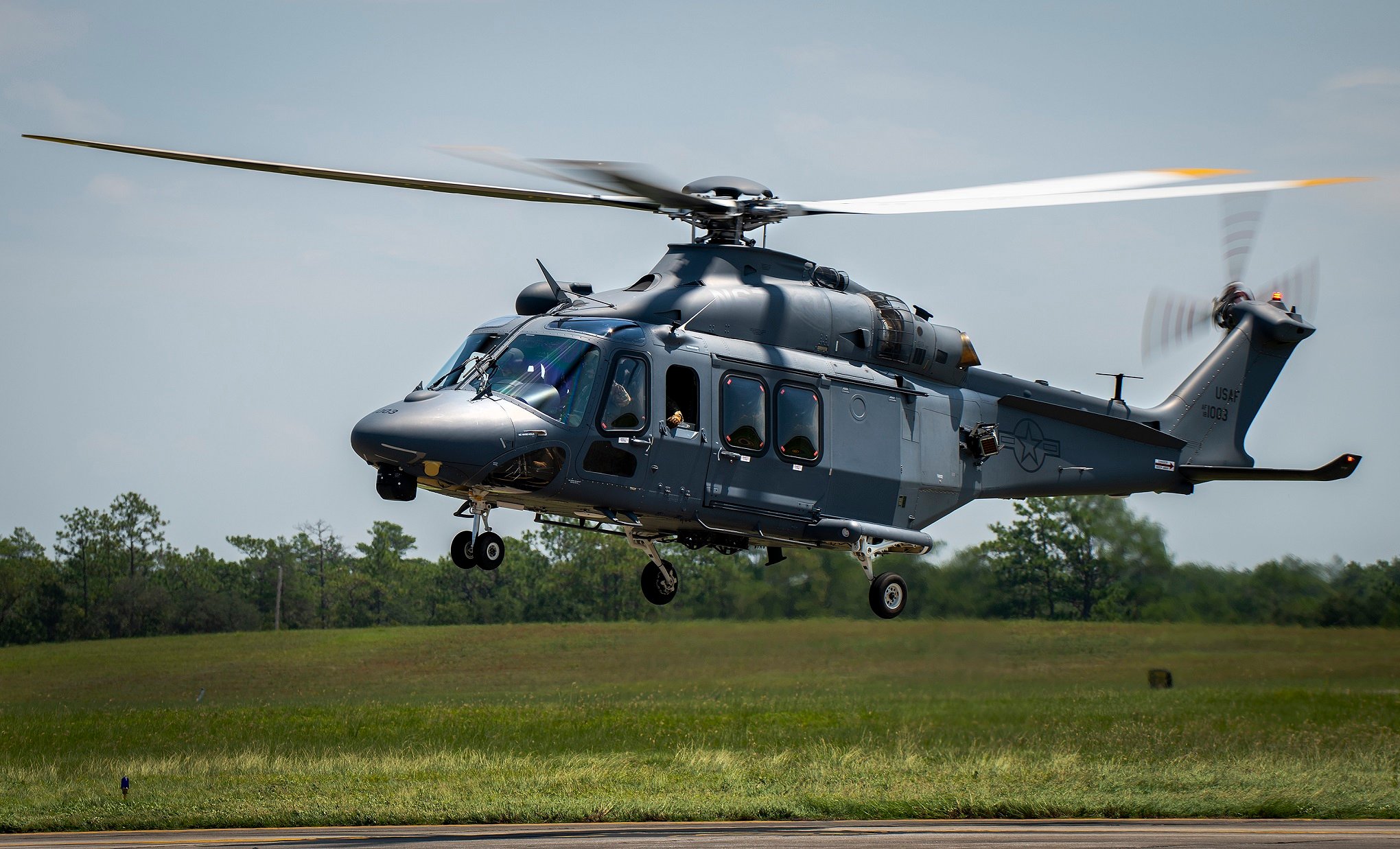Unraveling The Mystery Of The Helicopter In Soanish: Your Guide To "Helicóptero"
Have you ever looked up at the sky and seen one of those amazing machines hovering, seemingly defying gravity, and wondered what it's called, especially in another language? Perhaps you've heard the English term "helicopter," but what about its equivalent when speaking Spanish? It's a fascinating subject, really, and knowing the right words can open up a whole new way to talk about these incredible aircraft.
These unique flying vehicles, with their spinning blades, are quite different from traditional airplanes. They can do things planes simply cannot, like taking off straight up or staying perfectly still in the air. So, you know, understanding how they work and what they're called across different cultures is pretty cool, don't you think?
Today, we're going to explore what a helicopter is, how it manages to stay airborne, and, crucially, what we call this marvel of engineering in Spanish. We'll also touch upon some of its history and maybe, just maybe, some recent happenings, because, you know, things are always happening in the world of aviation.
Table of Contents
- What is a Helicopter?
- The Science Behind Flight
- Why "Helicóptero" in Spanish?
- Helicopter History and Notable Events
- Learning More About Helicopters
- Frequently Asked Questions
What is a Helicopter?
A helicopter, you see, is a distinct kind of aircraft. It falls under the category of what people call a rotorcraft. Its special ability comes from its horizontally spinning rotors, which are like large, rotating wings. These rotors, you know, are what create the necessary lift and push for the machine to move.
This design allows a helicopter to do some pretty amazing things. It can take off from the ground straight up, without needing a long runway, which is quite handy. Similarly, it can land straight down, too, making it very versatile for different locations. Also, it can simply hover in one spot, remaining completely still in the air, which is a unique trick for a flying machine, really.
Beyond hovering, these machines can also fly forward, backward, or even sideways. This freedom of movement, you know, makes them incredibly useful for many different tasks, from rescue operations to news gathering, and even just for getting people around.
The Science Behind Flight
When you think about it, an airplane, by its very nature, seems to want to fly. It's designed to move forward quickly, letting air flow over its wings to create lift. A helicopter, however, is a bit different; it doesn't naturally want to stay up there. Instead, it is held in the air by a complex interplay of various forces and controls, all working against each other, which is actually quite a feat of engineering.
The core science that keeps a helicopter in the air is, in many ways, the same as the science that keeps an airplane flying. Both rely on principles of aerodynamics, like Bernoulli's principle, to generate lift. It's just that the method of applying these principles is quite distinct for each type of aircraft, you know, creating different flight characteristics.
For a helicopter, the rotating blades create a flow of air that pushes the aircraft upwards. This lift is carefully balanced with the machine's weight, while thrust, which moves it forward, is also generated by tilting the rotor disc. So, it's almost like a constant dance between opposing forces, keeping the helicopter stable and moving as intended.
Why "Helicóptero" in Spanish?
Now, let's get to the heart of what you might be wondering: what do you call a "helicopter" when you're speaking Spanish? The word is "helicóptero." It's quite similar to the English term, which makes it relatively easy to remember for English speakers, you know, showing a common linguistic root.
This similarity isn't a coincidence, actually. Many technical and scientific terms, especially those developed in more recent centuries, share common origins in Latin or Greek. This shared heritage means that words often look and sound alike across different European languages, which is pretty helpful for learners.
So, when you say "helicóptero" in Spanish, people will immediately understand you are talking about that unique aircraft with the spinning blades. It's the standard, universally recognized term in Spanish-speaking countries, which is just how it is.
Origin of the Word
The word "helicopter" itself has a fascinating origin, and this origin is shared with its Spanish counterpart, "helicóptero." Both words come from the French term "hélicoptère," which was coined in the mid-19th century. The French term, in turn, draws from ancient Greek roots, which is quite common for scientific vocabulary.
The first part, "helico-," comes from the Greek word "helix," which means "spiral" or "winding." This part, you know, clearly refers to the rotating motion of the blades. It perfectly captures the visual essence of how these aircraft operate, which is quite clever.
The second part, "-pter," comes from the Greek word "pteron," meaning "wing." So, when you put it together, "helicóptero" literally means "spiral wing." This etymology, you know, makes perfect sense when you consider how the rotating wings generate lift, and it's a rather descriptive name for the machine.
Using "Helicóptero" in Context
Using "helicóptero" in Spanish sentences is quite straightforward. You can use it just as you would "helicopter" in English. For example, if you wanted to say, "The helicopter is flying over the city," you would say, "El helicóptero está volando sobre la ciudad." It's pretty simple, really, once you get the hang of it.
Here are a few more examples to help you get comfortable with the term:
- "Vi un helicóptero de rescate." (I saw a rescue helicopter.)
- "El helicóptero aterrizó en el campo." (The helicopter landed in the field.)
- "Necesitamos un helicóptero para el transporte." (We need a helicopter for transport.)
As you can see, it fits naturally into everyday conversation. So, you know, next time you spot one, you can confidently point it out using its Spanish name.
Helicopter History and Notable Events
The history of helicopters is a rich one, filled with innovation and, sometimes, challenging moments. Since 1997, for instance, a dedicated helicopter history site has been providing freely accessible information on all aspects of helicopters and vertical flight. This site, you know, offers a wealth of knowledge for anyone interested in these machines.
Featured sections of such websites often include detailed historical accounts of how helicopters came to be, from early concepts to modern designs. They cover significant milestones and the pioneers who pushed the boundaries of vertical flight. It's a rather extensive collection of information, showing just how much development has gone into these aircraft.
Learning about the past of helicopters helps us appreciate the engineering achievements that allow them to perform their varied roles today. It also highlights the continuous effort to improve their safety and capabilities, which is quite important, really, for such complex machines.
A Glimpse into the Past
Early ideas for vertical flight date back centuries, with Leonardo da Vinci sketching designs for an "aerial screw." However, it wasn't until the early 20th century that practical helicopters began to emerge. The first successful controlled flights were a huge step forward, you know, proving that the concept was viable.
Over the decades, designers and engineers worked tirelessly to refine the mechanics, making helicopters more stable, powerful, and reliable. This progress involved overcoming many technical hurdles, like controlling the complex forces that keep the aircraft airborne. It was a slow but steady process, actually, leading to the sophisticated machines we see today.
From military uses to civilian applications, helicopters have played a crucial role in many historical events and daily operations. Their unique ability to operate in confined spaces or without runways has made them indispensable for tasks like search and rescue, medical transport, and even news reporting, which is pretty amazing.
Recent Incidents and Safety
While helicopters are incredible machines, they are, like all forms of transport, subject to risks. Just recently, for instance, there was a tragic incident where a helicopter ran into a powerline and crashed on the Mississippi River. Officials said this happened on a Thursday morning, which was a very sad event, you know, for everyone involved.
In that specific incident, a helicopter flying over the Mississippi River struck a powerline. It then crashed into a barge and caused a fire, which, unfortunately, resulted in the loss of two lives. Two people were killed after this helicopter crashed into a barge just north of St. Louis, which is a truly heartbreaking outcome.
Such events remind us of the importance of safety protocols and continuous vigilance in aviation. The industry constantly works to improve design, training, and operational procedures to minimize risks. It's a constant effort, you know, to ensure these powerful machines can be used as safely as possible for their many vital functions.
Learning More About Helicopters
If you're curious to learn even more about these fascinating aircraft, there are many resources available. Understanding their mechanics, history, and various uses can be a really rewarding experience. You might be surprised by just how much there is to discover about vertical flight, which is pretty cool.
For those interested in the technical aspects, exploring the physics of lift and thrust in more detail can provide a deeper appreciation for helicopter engineering. There are many educational videos and articles that break down these complex concepts into understandable parts, so, you know, you can really get a grasp on it.
And if you're keen on the historical side, revisiting sites dedicated to helicopter history can offer endless hours of fascinating insights. They often contain rare photographs, detailed timelines, and stories of the people who shaped helicopter development. You can, for instance, learn more about helicopters on Wikipedia, which is a good starting point.
You can also learn more about aviation technology on our site, and we also have a page dedicated to common Spanish aviation terms that you might find helpful. There's always something new to learn, you know, in the world of flight.
Frequently Asked Questions
How do you say "helicopter" in Spanish?
The Spanish word for "helicopter" is "helicóptero." It's pronounced similar to the English word, with the emphasis typically on the third syllable from the end: he-li-COP-te-ro. It's a rather straightforward translation, you know, making it easy to remember.
What is the origin of the word "helicóptero"?
The word "helicóptero" comes from the French "hélicoptère," which was formed from ancient Greek roots. "Helico-" comes from "helix" (spiral or winding), and "-ptero" comes from "pteron" (wing). So, it literally means "spiral wing," which is quite descriptive, really, of how the rotors work.
Are helicopters difficult to fly?
Helicopters are considered more complex to fly than airplanes due to the constant manipulation of various controls needed to maintain stability and direction. An airplane, you know, tends to be more inherently stable once airborne. A helicopter, by contrast, requires continuous input from the pilot to counteract opposing forces, which makes it a bit more challenging.

File:Feyenoord Helicopter 04.jpg - Wikipedia

Helicopters - Airbus

US Air Force says its Grey Wolf helicopter passes new test milestone